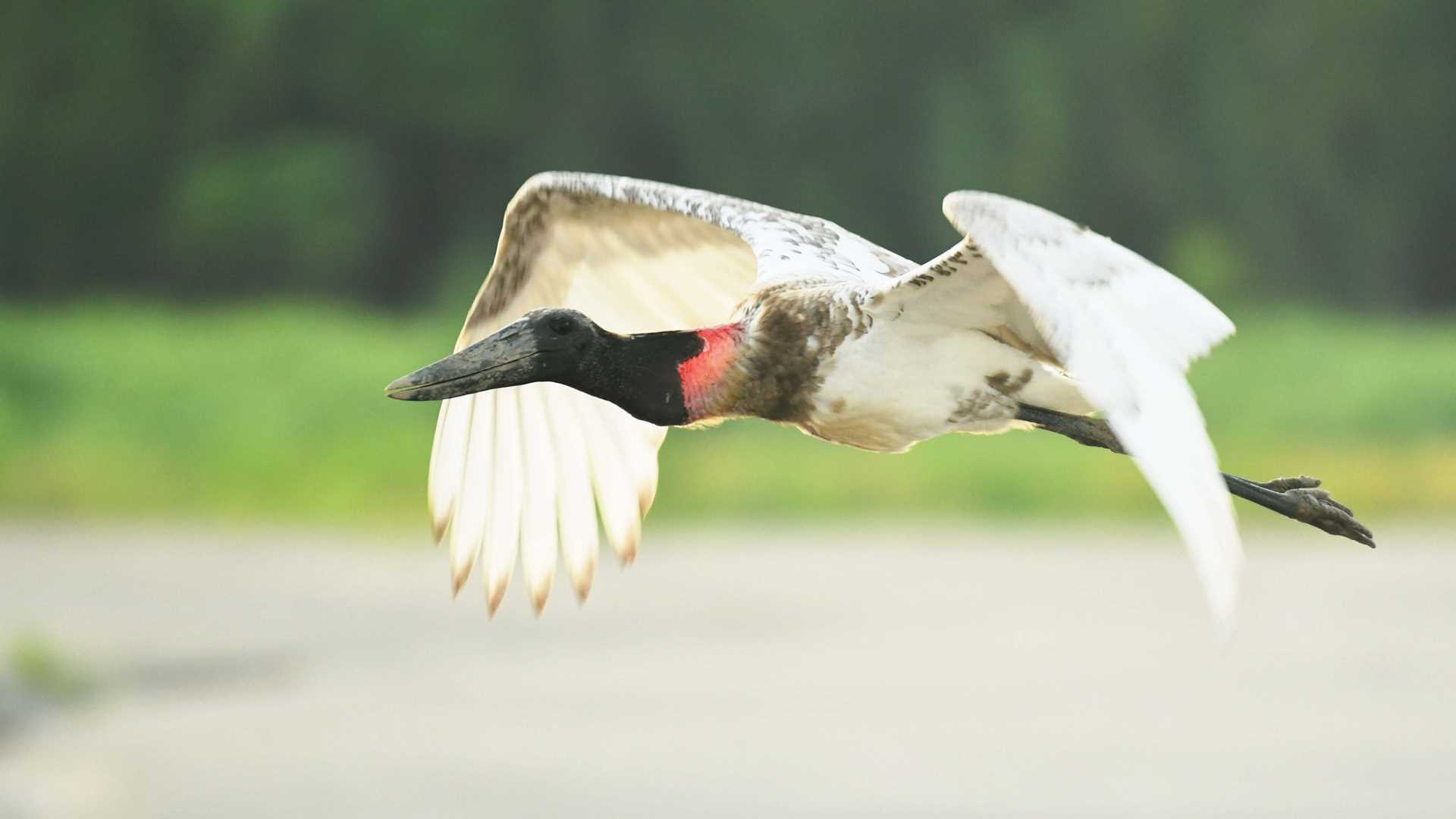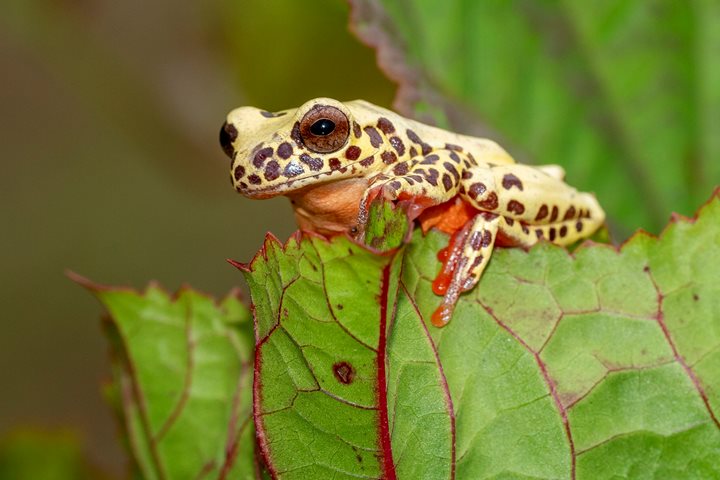The Ucayali River is one of the two main headstreams of the Amazon River; its source is the confluence of the Tambo and Urubamba at the Peruvian Andes. The river is 1,391 nautical miles in length. Along the riverbanks, there are reserves, several towns and villages, and the Pacaya-Samiria Reserve, one of the most pristine and protected areas in Peru.
We visited Belluda early in the morning when the wildlife is most active. The area is full of wildlife, including tanagers, hawks, and ospreys. It is also well known for its colony of red and blue macaws, one of the most attractive birds in the world. They make a very loud squawking sound that is easily distinguishable from similar birds in the Psittacidae group, like parakeets and parrots. We explored the riverbanks on skiffs and walked into the jungle. The big surprise of our morning was finding a troop of saddle-back tamarin monkeys. Some of them were so curious and fearless, and they came very low to see us.
Once we returned on board, our local guides offered talks about people living in the jungle. In the afternoon, we went to the beach to swim and have fun. Our guests loved this outing. Here in the Amazon, the beach is surrounded by jungle. Instead of pelicans or frigatebirds, you can see jabirus, wood storks, terns, and macaws soaring the skies. After the beach, we came back to our beautiful ship for a very quick change. We went back out to walk along the sandy dunes, following the green line of plants and trees to observe more wildlife.
We spotted tons of dusky-headed parakeets eating seeds from the grass, orioles, yellow-hooded blackbirds, and many tiny birds, such as seedeaters, finches, wrens, etc.
The Amazon basin is not so far from the equator in Peru, and the sun goes down quickly. As we watched, the sky suddenly turned reddish and blue-orange as tons of birds migrated back to their nests and shelters. The landscape was magical.







